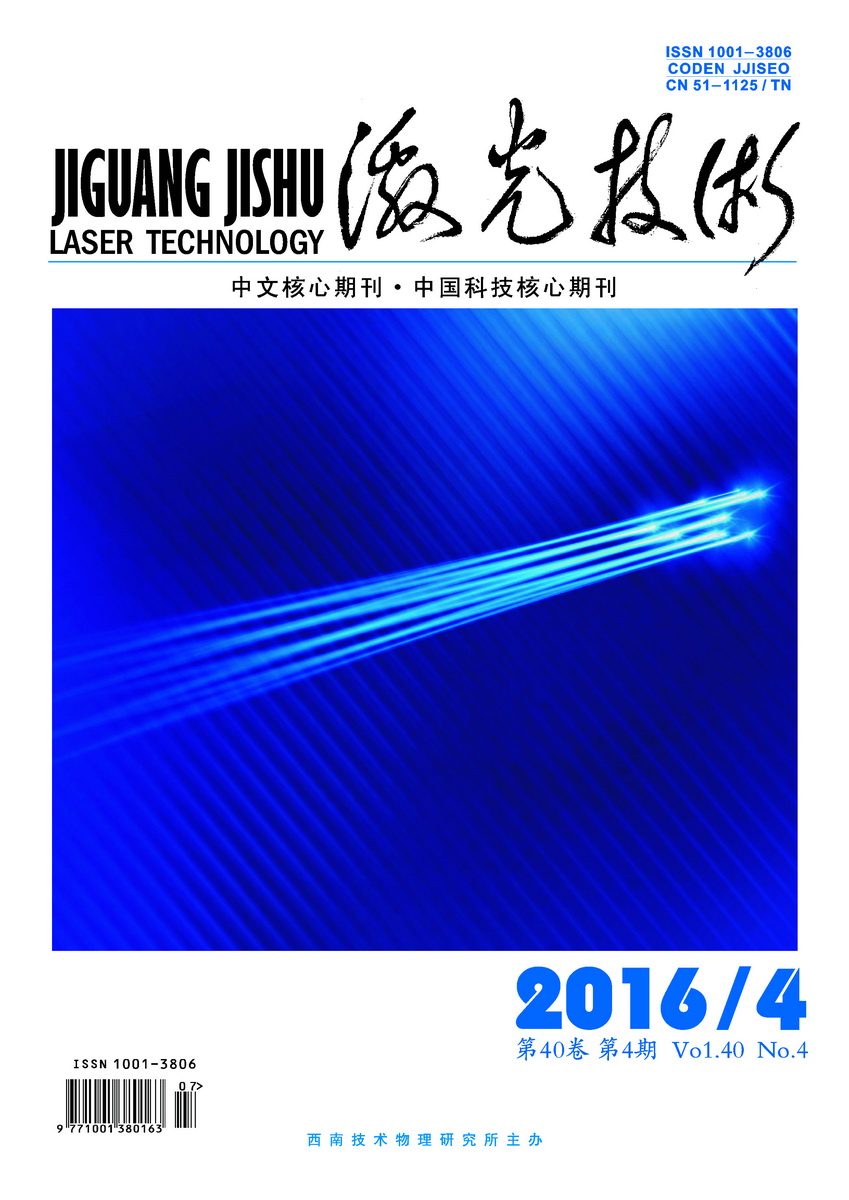|
[1]
|
KELLER U, TROPPER A C. Passively modelocked surface-emitting semiconductor lasers[J]. Physics Reports, 2006, 429(2):67-120. |
|
[2]
|
TROPPER A C, HOOGLANG S. Extended cavity surface-emitting semiconductor lasers[J]. Progress in Quantum Electronics, 2006, 30(1):1-43. |
|
[3]
|
LI F, FALLAHI M, MURRAY J T, et al. Tunable high-power high-brightness linearly polarized vertical-external-cavity surface-emitting lasers[J]. Applied Physics Letters, 2006, 88(2):021105. |
|
[4]
|
KUZNETSOV M, HAKIMI F, SPRAGUE R, et al. High power ( 0.5W CW) diode pumped vertical-external-cavity surface emitting semiconductor lasers with circular TEM00 beams[J]. IEEE Photonics Technology Letters, 1997, 9(8):1063-1065. |
|
[5]
|
KUZNETSOV M, HAKIMI F, SPRAGUE R, et al. Design and characteristics of high-power ( 0.5W CW) diode-pumped vertical-external-cavity surface-emitting semiconductor lasers with circular TEM00 beams[J]. IEEE Journal of Selected Topics in Quantum Electronics, 1999, 5(3):561-573. |
|
[6]
|
RUDIN B, RUTZ A, HOFFMANN M, et al. Highly efficient optically pumped vertical-emitting semiconductor laser with more than 20W average output power in a fundamental transverse mode[J]. Optics Letters, 2008, 33(22):2719-2721. |
|
[7]
|
SIRBU A, RANTAMAKI A, SAARINEN E J, et al. High performance wafer-fused semiconductor disk lasers emitting in the 1300nm waveband[J]. Optics Express, 2014, 22(24):29398-29403. |
|
[8]
|
HEINEN B, WANG T L, SPARENBERG M, et al. 106W continuous-wave output power from vertical-external-cavity surface-emitting laser[J].Electronics Letters, 2012, 48(9):516-517. |
|
[9]
|
WU Y, NI Y H, DAI T L, et al. Substrate-etched high power external-cavity surface-emitting lasers[J]. Laser Technology, 2012, 36(2):200-203(in Chinese). |
|
[10]
|
ALFORD W J, FETZER G J, EPSTEIN R J, et al. Optically pumped semiconductor lasers for precision spectroscopic applications[J]. IEEE Journal of Quantum Electronics, 2013, 49(8):719-727. |
|
[11]
|
LEINONEN T, RANTA S, TAVAST M, et al. High power (23W) vertical external cavity surface emitting laser emitting at 1180nm[J]. Proceedings of the SPIE, 2013, 8606:867-869. |
|
[12]
|
YAN Ch L, QIN L, NING Y Q, et al. Calculation of energy band structure of GaInAs/GaAs quantum well[J]. Laser Journal, 2004, 25(5):29-31(in Chinese). |
|
[13]
|
ZHANG P, SONG Y R, ZHANG X P, et al. High power vertical-external-cavity surface-emitting laser[J]. Chinese Optics Letters, 2010, 8(4):401-403. |
|
[14]
|
WANG F. Design theory preparation technology and experiment of optically pumped VECSELs[D]. Changchun:Changchun University of Science and Technology, 2014:1-108(in Chinese). |
|
[15]
|
BEDFORD R G, KOLESIK M, CHILLA J L A, et al. Power-limiting mechanisms in VECSELs[J]. Proceedings of the SPIE, 2005,5814:1-10. |
|
[16]
|
FANG Q P, ZHAN X H, LIANG Y P, et al. Acid etching of GaAs substrate of external-cavity surface-emitting laser[J]. Laser Technology, 2014, 38(5):675-678(in Chinese). |
|
[17]
|
YARIV A, YEH P. Photonics optical electronics in modern communications[M].6th ed. Beijing:Electronic Industry Press, 2009:1-795(in Chinese). |

 Map
Map



 DownLoad:
DownLoad: